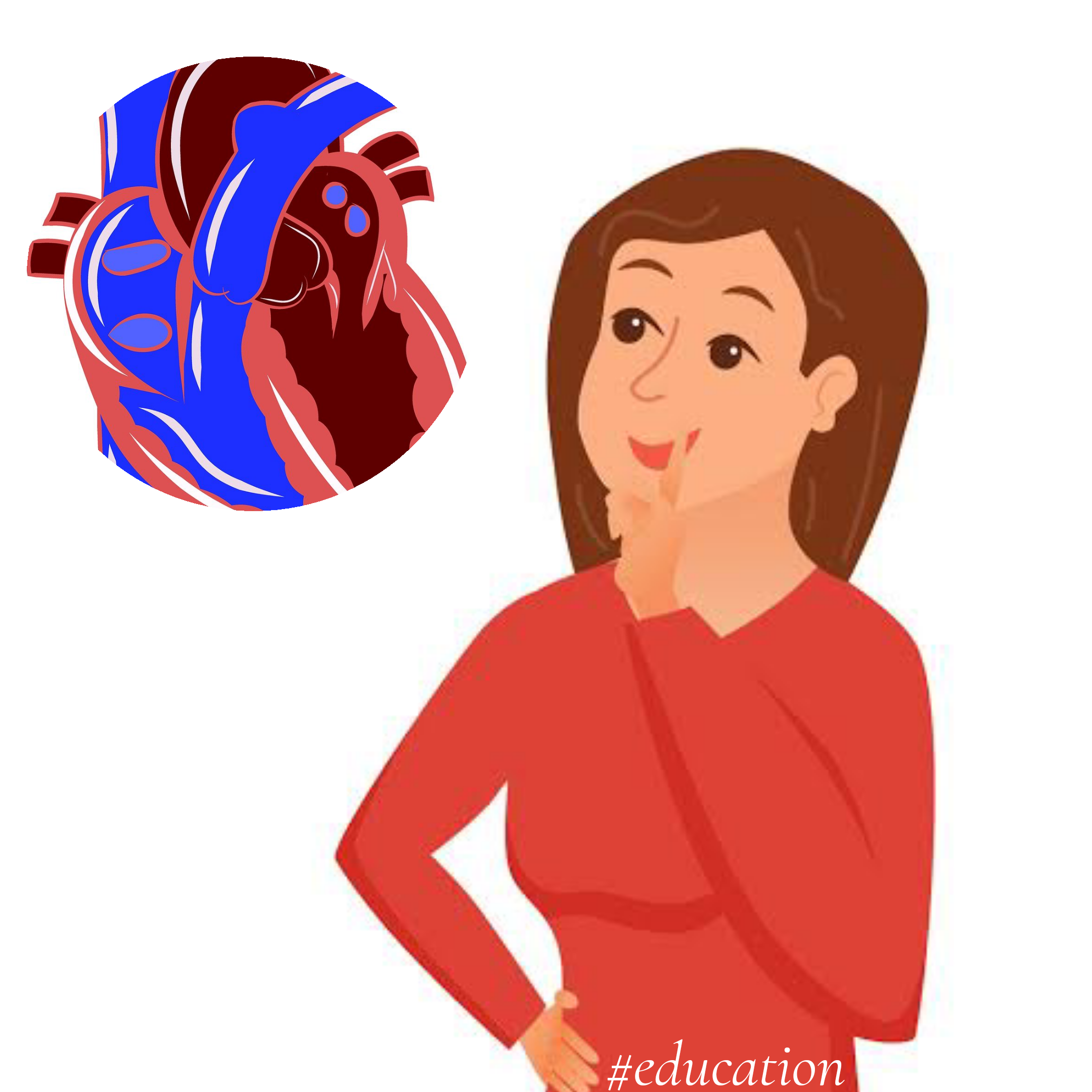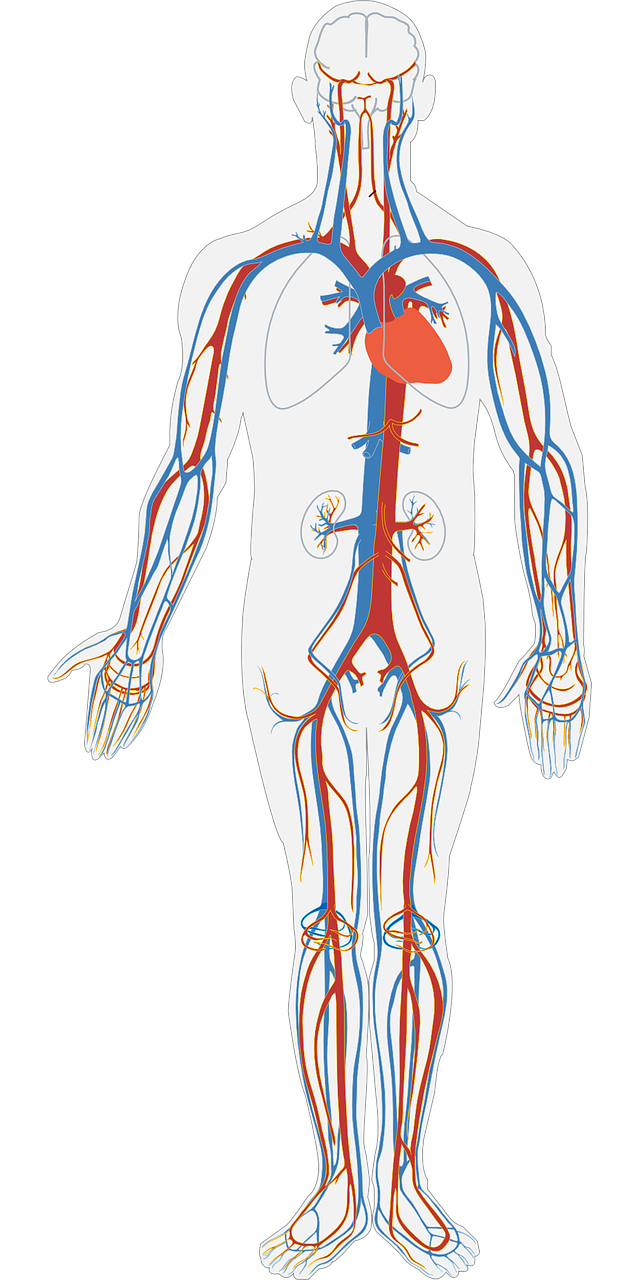Let's Talk About The Most Complex Transportation System In The World
What do you see on busy and beautiful roads where lots of cars and bikes are moving without anyone colliding with another? Okay, close your eyes for a second and imagine a more beautiful road network within you. Oftentimes, I see people sharing and making amazing comments about complex road networks in some European countries, but they never thought about an hyper-complex transportation system that is responsible for their daily survival on earth.

What you will learn in this post are
- Circulatory system and it's components
- Blood
- Heart
- Blood vessels
In modern biology, we understand that there is an incredible network of blood vessels that span across an unbelievable 100,000 km. They are responsible for transportation of food, waste, oxygen and nutrient in our body.
In human beings; heart, lungs, blood, blood vessels and capillaries are organs that works together to ensure effective transportation. Think about fuel pump in gas stations, automobiles, roads, bridges, and all the elements that guarantee human movement in this millennium.
Heart is the pump that pushes blood to the relevant body parts, it work so much that it is capable of pumping blood up to 9 meters above ground level. It does the pumping almost throughout the entire human life.
What about the road?
Your blood vessels are medium where oxygen, blood, carbon dioxide, waste, digested foods and hormones passed through to where there are needed. It is the road.
Check the image below to have an idea of how the circulatory system looks like.

Human circulatory system
Pixabay
Blood
Do you know what it contains?
- Plasma
- Blood cells
There are three types of blood cells
- Red blood cells (RBC)
- White blood cells (WBC)
- Blood platelets
The blood platelets helps with blood clotting when humans sustain injury and there is wound. RBC contains iron complex and haemoglobin. What helps in us in fighting diseases and infections is WBC.
Do you know the meaning of double circulation?
When the heart pump the blood to all body parts and the blood return back to the heart, it is called double circulation. Now, there are two path ways;
- Systemic pathway and
- Pulmonary pathway
The work of this system is to ensure that deoxygenated blood is transported to the lungs from the right side of human heart. The lungs filters out the carbon dioxide and bring in oxygen. This is why you inhale oxygen and exhale carbon dioxide. When oxygen gets in, deoxygenated blood is transported to all body parts from left side of the heart.
The key roles of double circulation are to; avoid mixing of deoxygenated blood (without oxygen) and oxygenated blood (with oxygen), and efficient oxygen supply to the body cells.
Heart
Do you really know about left and right heart?
When you take a look at the image, you'd see the four chambers that exists within the system. Then we have upper and lower chamber. In the upper chamber, there are left and right atrium. In the lower chamber, there are left and right ventricle.
Now, you have to pay attention to this; the right atrium and right ventricle combined to form the right heart. And the left ventricle and left atrium combined to form the left heart. Septum are the muscular walls that separate all these chambers. In any way, deoxygenated and oxygenated blood don't mix!
Blood vessels, what's that?
If arteries are strange organs to you because you don't see them everyday, veins are not. Both are the main blood vessels in the body, what connect them are capillaries, they are smaller vessels too.
Veins helps in carrying deoxygenated blood to the right side of the hearts while arteries does the magic of being the road through which oxygenated blood gets to all parts of the body.
Lastly
In transportation system, there are other systems like lymphatic system, we will talk about it. This lesson will not be complete without teaching you what you need to know about:
- Blood pressure
- Blood pH
- Blood transfusion and type.
To avoid information overload, let's stop here today.
Featured Image Was Made with Canva App and Design Images Were Sourced From:
Pixabay
Google
See you soon!
